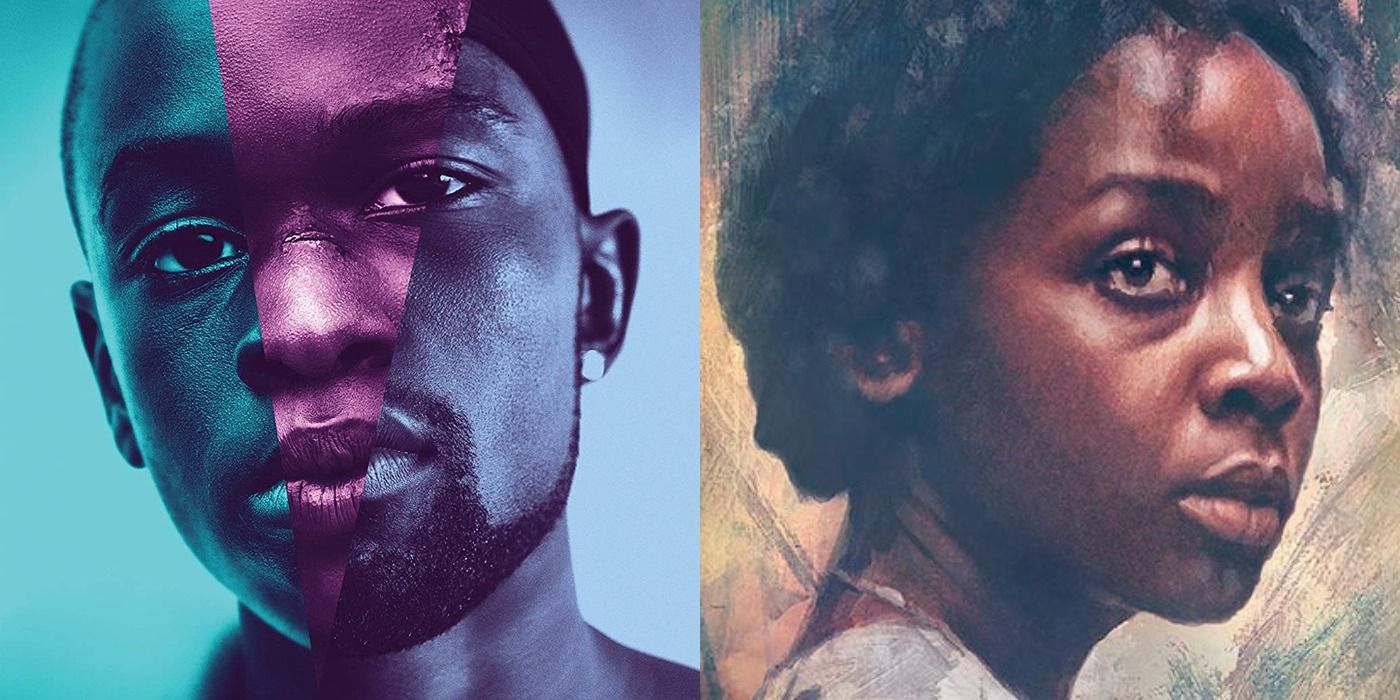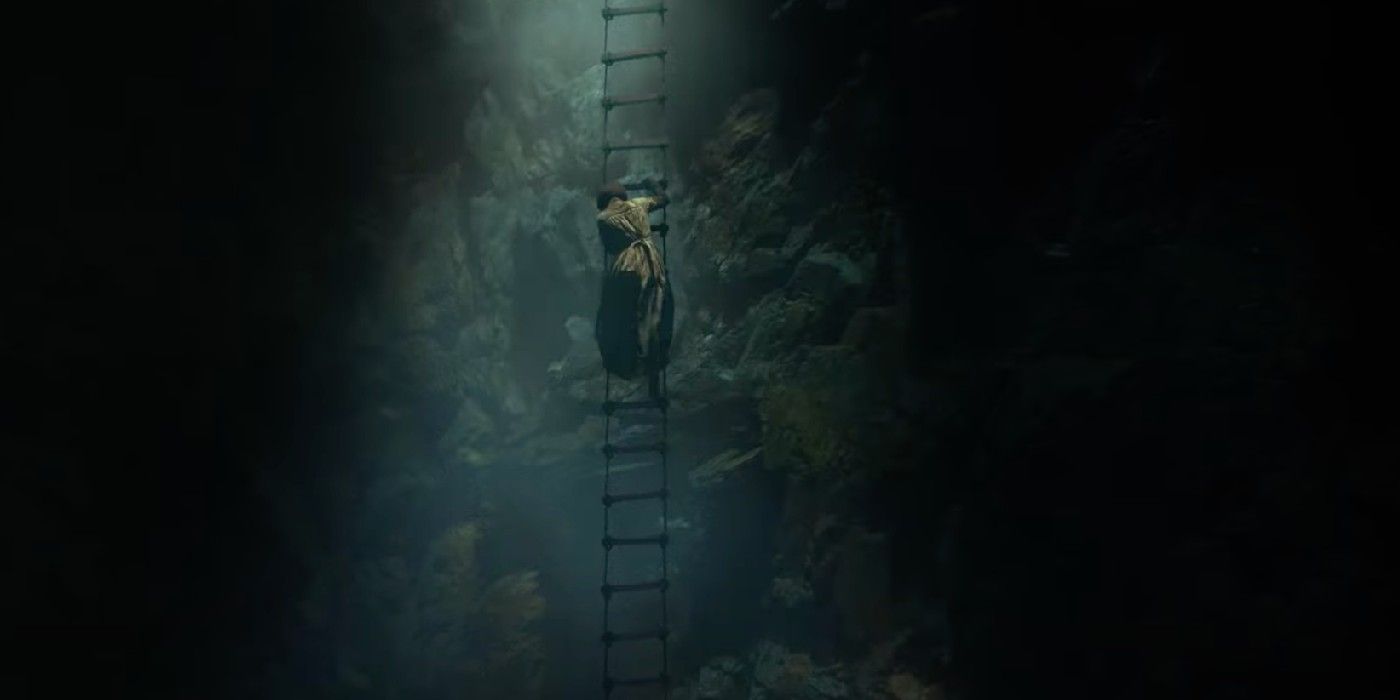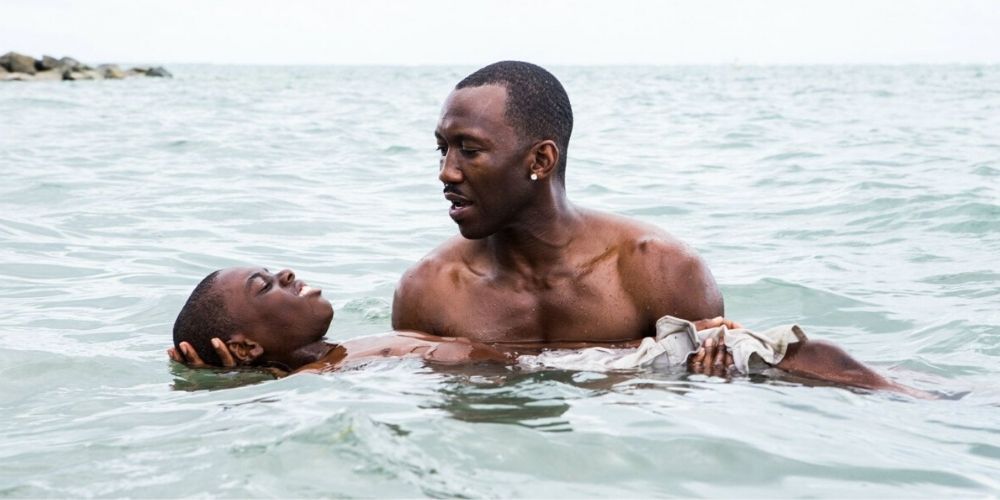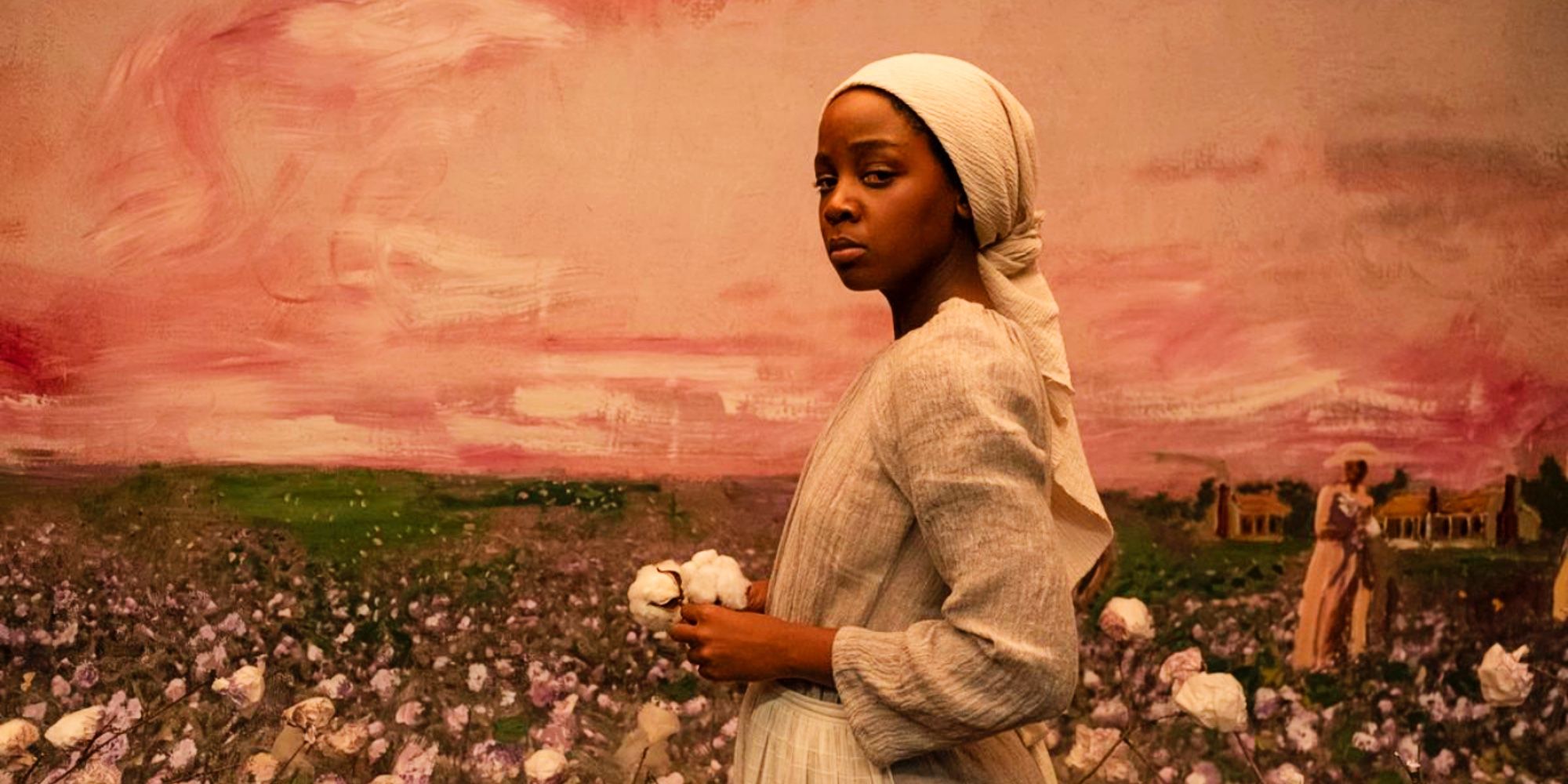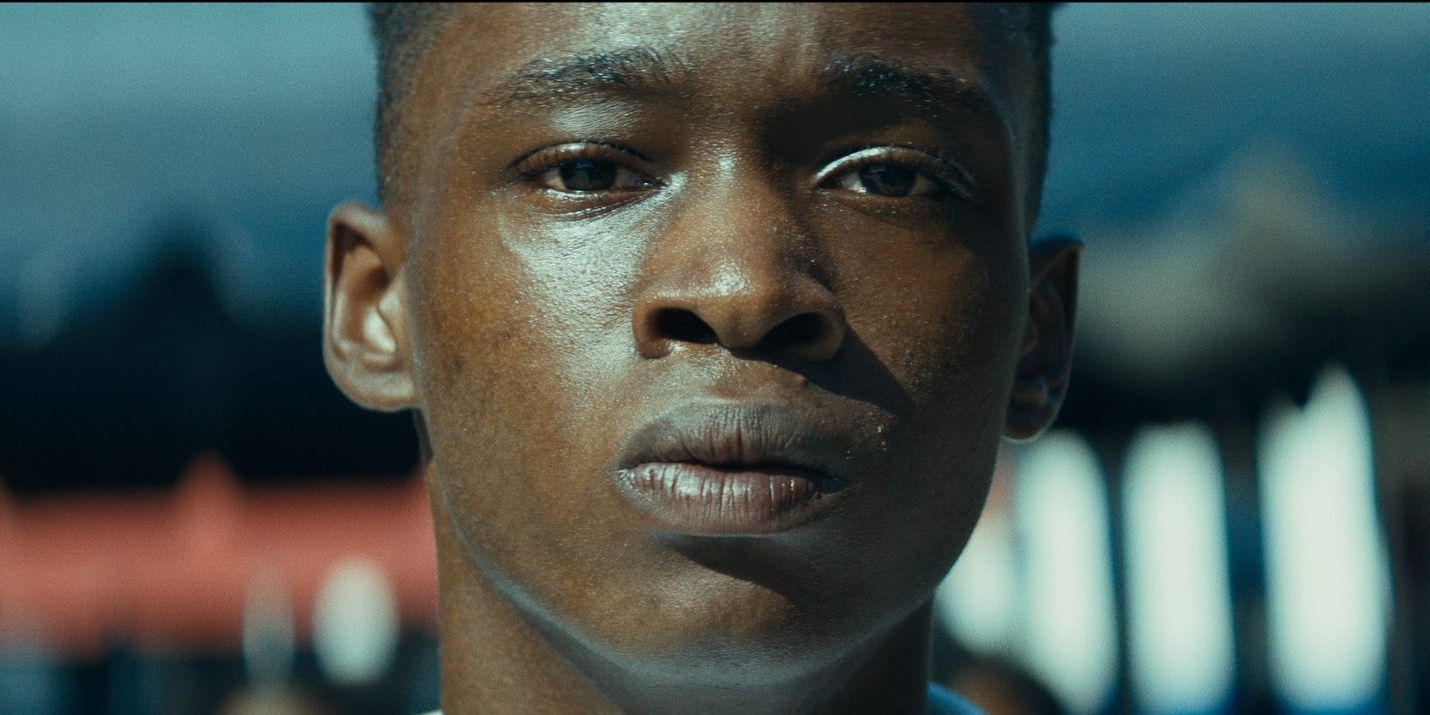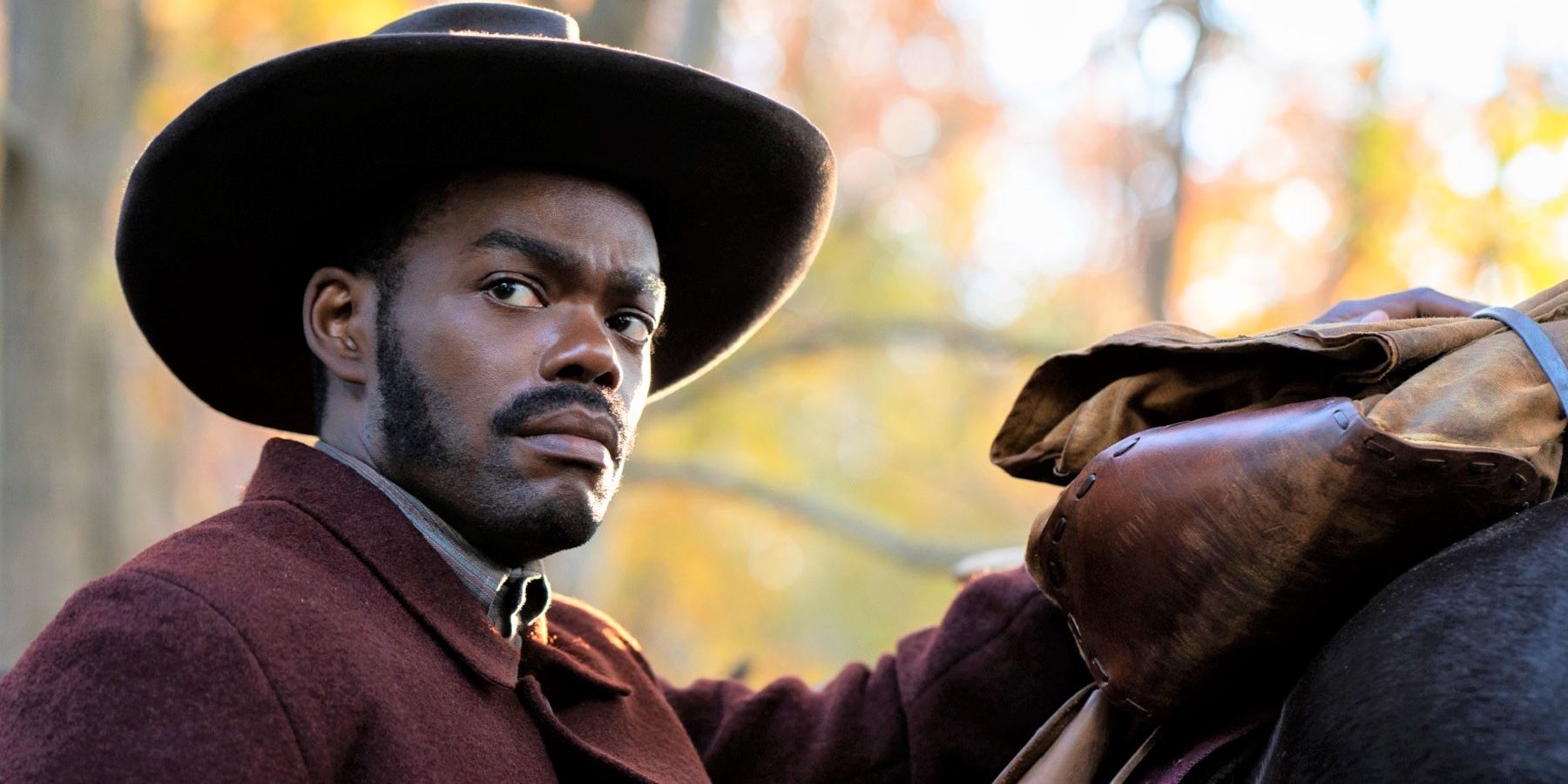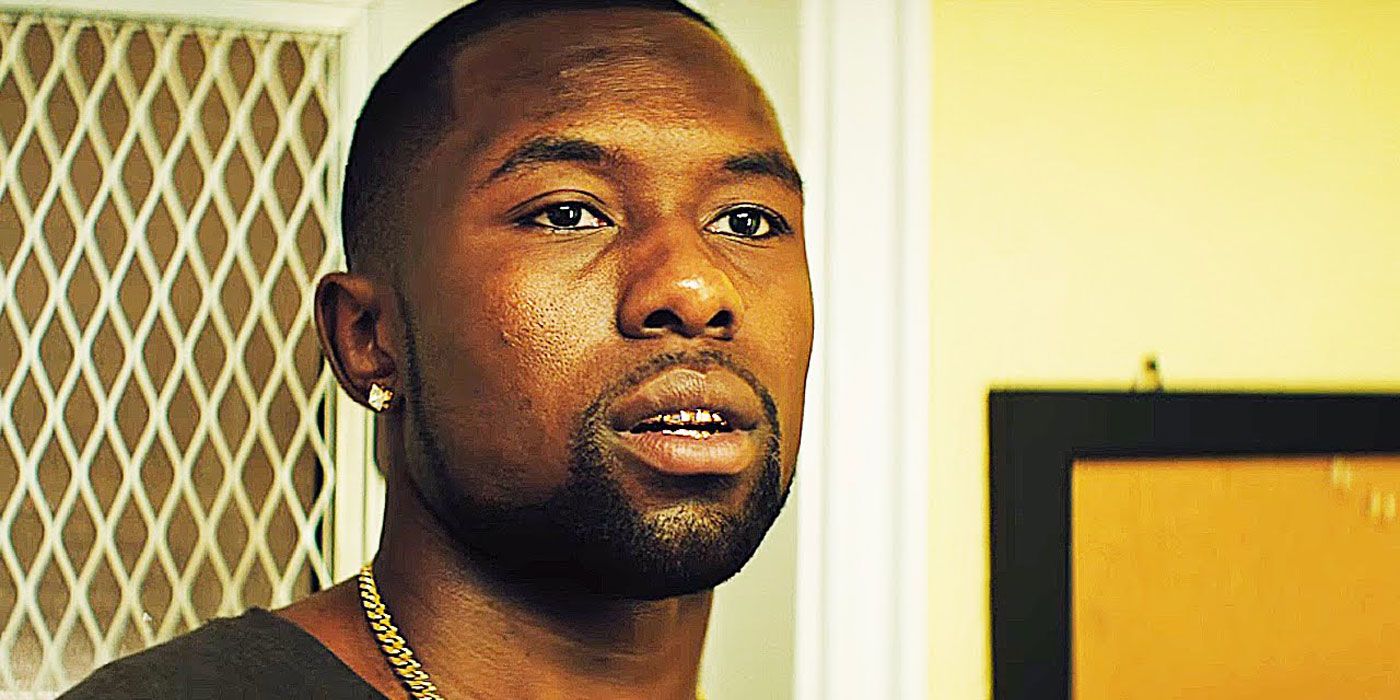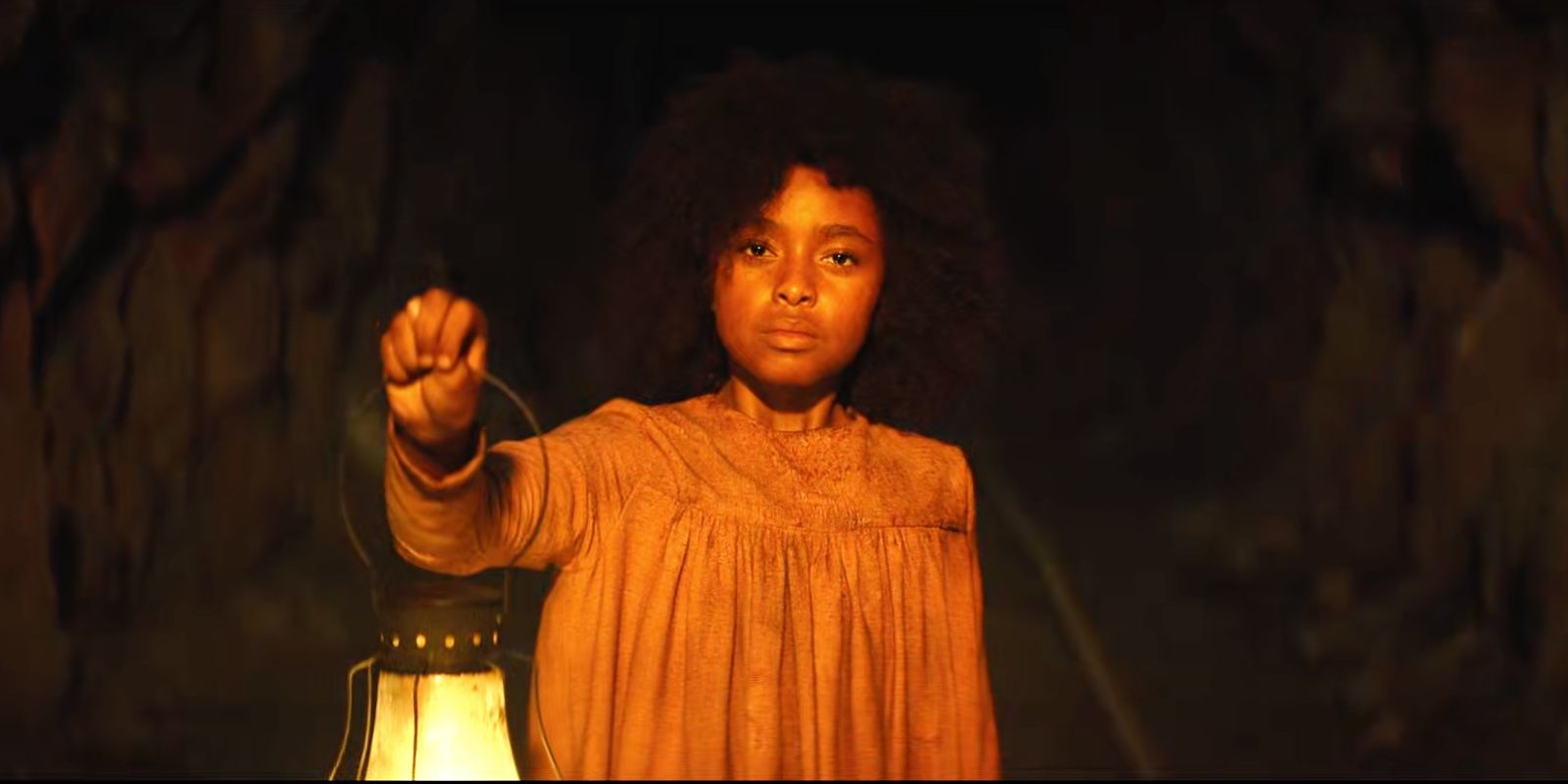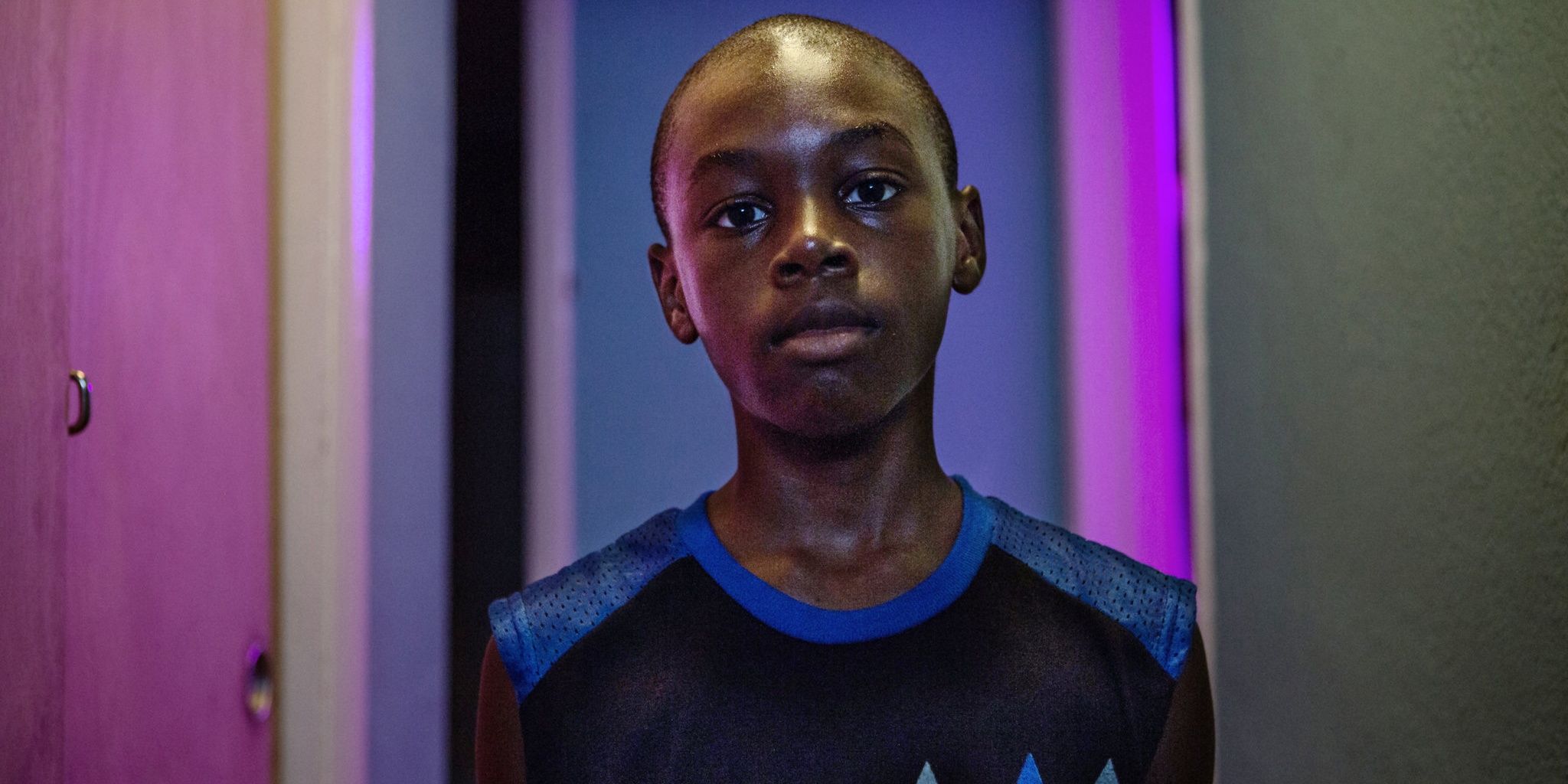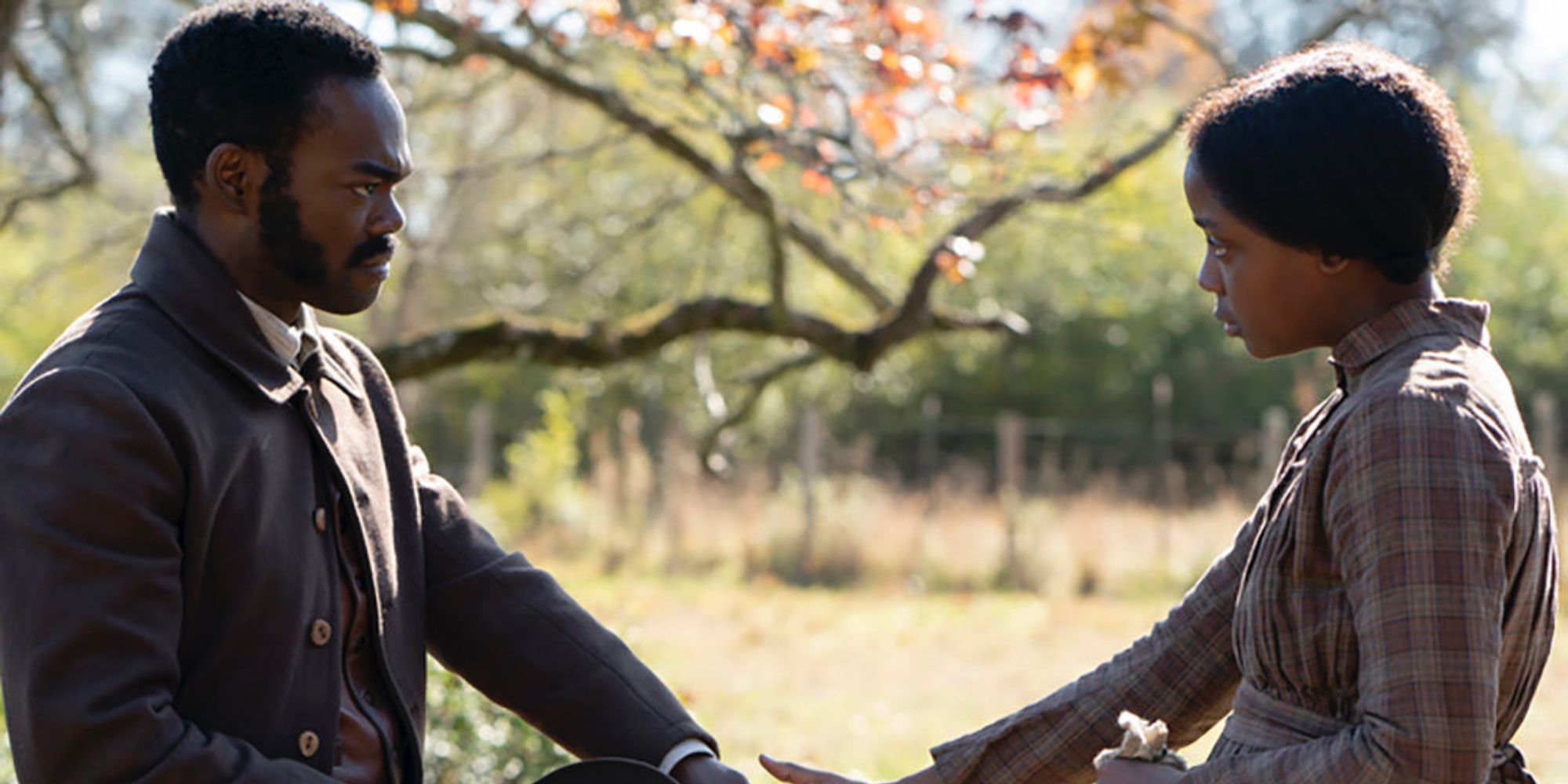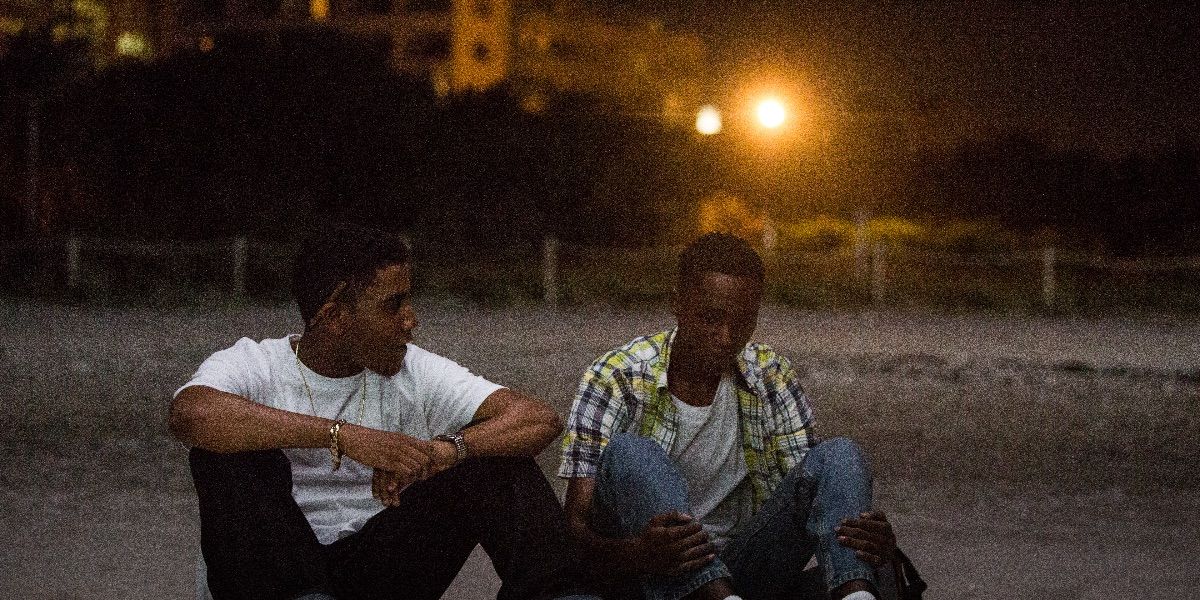Since his debut film in 2008, Medicine for Melancholy, Barry Jenkins has been of the most exciting directors and overall creative talents working in the film and television industry. He creates intimate movies and television shows that showcase the beauty in some of humanity's grandest strokes of empathy.
When he directed Moonlight, the 2016 Best Picture winner, it was clear that Jenkins had a blank check for whatever story he wanted to tell. This led to another stellar story in the form of 2018's If Beale Street Could Talk and 2021's epic ten-part Amazon miniseries, The Underground Railroad. This new show is a clear pillar of Jenkins' excellence, and the series and Moonlight are both spectacular and strong in their own unique ways.
The Underground Railroad: Stunning Visuals
Throughout the development and production of The Underground Railroad, Jenkins would upload snippets to tease out the sumptuous visuals he crafted long before a trailer dropped. From an aesthetic standpoint, Railroad represents the zenith of Jenkins' career so far.
From portrait-esque character shots to point-of-view shifts to intimate close-ups, James Laxton's cinematography was impeccable. But it does also stem from a visual language established by Jenkins in his career.
Moonlight: Astonishing Performances
There is no shortage of high-caliber acting in The Underground Railroad. The same is certainly true of Moonlight, which garnered an Oscar for Mahershala Ali. Without awards, though, the performances would still speak for themselves.
Ali is obviously a standout, but Trevante Rhodes, Naomie Harris, André Holland, and Janelle Monáe were each revelatory in the film. That facet of Moonlight is enough to immerse any viewer and connect them deeply with the characters.
The Underground Railroad: Source Material Reckoning
Of course, The Underground Railroad comes from the Pulitzer Prize-winning 2016 novel of the same name by Colson Whitehead. Jenkins pulls off masterful adaptation work that really makes a quality leap as a piece of direct adaptation.
Sometimes, it can seem unclear or ill-fitting as to why a filmmaker would adapt a certain story. But in the case of Jenkins' collaboration with Whitehead, it was never in question. It paid proper respect to the source material, while also advancing its most cinematic aspects for the screen. It's reminiscent of Jenkins' impeccable job adapting James Baldwin in 2018.
Moonlight: Empathy Masterclass
Many movies serve the necessary and delightful purpose of entertainment and adventure. But when a story really breaks through, it can shift the way audiences see the subjects or change how they think about their own lives and the worlds around them.
Moonlight might be the best example of illustrative perspectives in the entire cinematic 2010s. Empathy is a hallmark of Jenkins' work, but it is practically overflowing throughout Moonlight, which treats all of its characters with the utmost dignity.
The Underground Railroad: Magical Realism And Historical Fantasy
Moonlight is undoubtedly grounded in the real world. Where The Underground Railroad may differ is that it is instead rooted in a slightly fictionalized version of the 1800s. In this series, the Underground Railroad was a real, functional train and set of train tracks.
It's new territory for Jenkins to embrace, but he does so with aplomb. The magical realism of the show helped elevate to the point of a transcendent perspective to bring to the series. It helped it become more than a story that focused solely on pain and suffering.
Moonlight: Direction Across Periods
An underrated aspect of Moonlight is the similarities in mannerisms and facial expressions that the three actors behind Chiron bring to the character. It could've been tough to connect to one character when the actor behind him continues to shift.
Thanks to Jenkins' direction, though, Moonlight is better for it. Rhodes, Ashton Sanders, and Alex Hibbert each excelled as Chiron. Their turns were certainly born out of a place of talent and capability, but Jenkins' direction certainly deserves its share of the credit.
The Underground Railroad: Arcs For Every Character
While Moonlight certainly treated each character with empathy, it was also Chiron's story through and through. The arcs of others mostly operated to serve his main arc in the film. Similarly, The Underground Railroad's entry point is through the lens of Thuso Mbedu as Cora.
However, each character's journey is not solely in service of Cora. There's a great deal of intersection, but even the smallest roles on the show have their own mini-stories that help the series' stories become that much more immersive and compelling.
Moonlight: Nicholas Britell's Score
Nicholas Britell is a frequent collaborator with Barry Jenkins, and his score for The Underground Railroad is certainly deeply moving. However, it's the Moonlight composition Britell crafted that is truly lilting and affecting as a piece of music on the big screen.
Britell's music enhances the story of Moonlight tenfold. The scene in the ocean with Mahershala Ali, in particular, comes to mind as one that was made as powerful as it was because of the masterstroke presented by Britell as a backer.
The Underground Railroad: The Penultimate Episode
There may be no higher high in the first half of 2021's television experience than the first half-hour of The Underground Railroad's penultimate episode, "Indiana Winter." It is true euphoria and joy depicted on screen, juxtaposed in a series that had very little of it up to that point.
Granted, the episode does not stay in that dalliance for too long before returning to the agony inflicted upon the lead characters. But those fleeting moments were as gorgeously soaring as anything Jenkins has created. Or any television showrunner, for that matter.
Moonlight: The Ending
Moonlight, on the other hand, certainly sticks the landing. There is an aspect of "full circle" to the manner in which Moonlight culminates, and it remains an achingly moving sentiment painted on the screen in its denouement.
The character progression of Chiron is expertly orchestrated, and the ending of the story does not betray the growth he displayed in all three segments of the film and the interiority in the final segment. It's a tricky feat, but Jenkins delivered.

